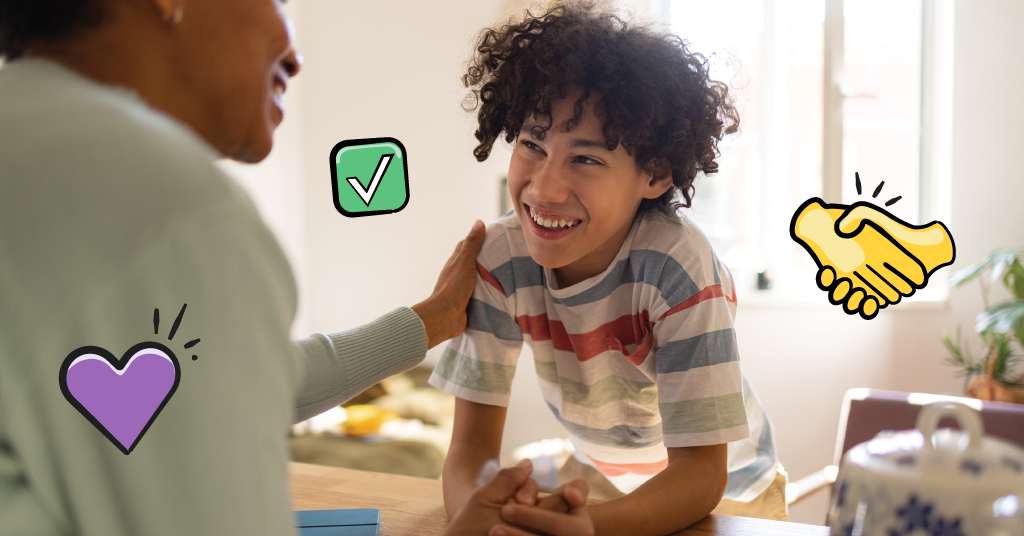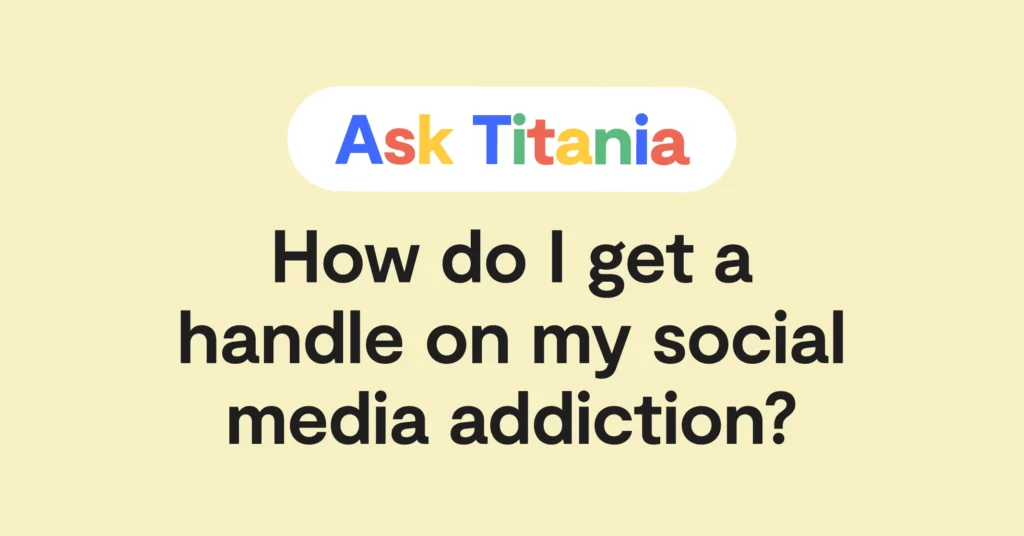Among all the responsibilities parents have, one of the most important ones is building a trusting, safe relationship with your kid. Unfortunately, there’s no real rulebook on how to do this — much of it depends on the unique relationship between you and your child.
But here at Bark, we’re also parents who spend a lot of time considering the best ways to create stronger connections between kids and parents. We’ve put together a short list of healthy practices parents can use to foster more trust with their kids. We hope some of these tips are helpful for you and your family!
How to Build Trust With Your Child
Collaborate on expectations
Tons of research tells us that kids thrive with structure and clear expectations, so be intentional about clearly communicating expectations with your kids. But to take it a step further, consider including them in the creation of your expectations, too. Ask them what they think is reasonable and fair. Then, mix it with your adult wisdom to settle on your family’s expectations. Involving them in the process makes them feel heard and valued (which you’ll notice is a theme in all of these practices) that in turn shows them they can trust you.
Make sure they know you’re always in their corner
One of the things you can make sure they know early on is that no matter what — you’re for them and with them in everything. Let them know that your role as a parent is to support them in all things, even if they made a mistake or a bad decision. The trick with this one is not to wait until something happens and tell them you’ll support them — make sure they know this so that when something does happen, they already know you’re that safe place to turn to.
Be mindful of your reactions
Whenever your child finds themselves in a less-than-ideal situation, how you react is important. It’s natural to want to freak out — as their parent, you don’t want to see your kid make a mistake or end up in trouble. Of course, you love them and simply want better for them. But when kids see the freakout, they interpret it first as blaming, as opposed to coming from a place of love, which can cause them to keep important information to themselves. So as best you can, keep your reactions as calm and level-headed as possible. This goes a long way in reinforcing that you’re a safe place, and that’s what really builds trust with your child.
Validate their emotions
Making sure your child feels seen and understood goes hand-in-hand with building trust with them. If kids feel like you understand and empathize with their emotions, they’ll feel more comfortable sharing those emotions with you. It’s worth noting that in situations where your child is, in fact, making poor choices, validating their emotions does not equal condoning their behavior. Validating their emotions just addresses the problem on a deeper level than the actions on the surface.
Ask open-ended questions
Here’s a practical tip for making your child feel seen and understood — practice asking good questions. Your child may be more than willing to share their life, but they just need you to create a space for them to do so. Asking the right questions can get them thinking and share something they might not otherwise have known how to bring up on their own.
Also, good questions can subtly — but powerfully — communicate to the person that you’re paying attention and care about them on a deeper level. You might even check out our blog post on helpful conversation starters for elementary, middle, and high school kids.
Look for opportunities to give them independence
If you want your child to trust you, consider finding opportunities to trust them. Especially for teens, as most young adults crave independence. Allowing them to do things on their own communicates to them that you recognize their potential to take care of themselves. This makes them feel supported by you and shows them that you can be that same support system for other areas of their life.
Spend quality time with them
This one may seem obvious, but sometimes it’s easier said than done. When life is so busy with school, work, grocery shopping, sports, homework, multiple kid’s schedules, and more, it can be hard to find time to get that one-on-one time with your child. But quality time doesn’t have to look like a whole entire day dedicated to fun activities together. It may just look like a conversation in the car on the way to school or perhaps sitting at the kitchen table late at night eating ice cream together.
Whatever it looks like for you and your child, the key is to be present in the moment so they know you’re ready to listen. Maybe this means intentionally putting your phone away or using that time to ask those open-ended questions.
Use Bark to help build trust
One of Bark's core values has always been to help foster trust between parent and child. This is why Bark’s content monitoring feature stands out among the rest — when Bark scans your child’s online activity, it only looks for the problematic content that needs your attention. This gives kids some independence in their digital world and creates opportunities for parents to start important conversations whenever they do get an alert.
Tons of parents love the peace of mind and the positive conversation starters that Bark has helped their family to have. Try Bark with a free, 7-day trial to see for yourself how Bark can positively impact your family.
Read more
Bark helps families manage and protect their children’s digital lives.






